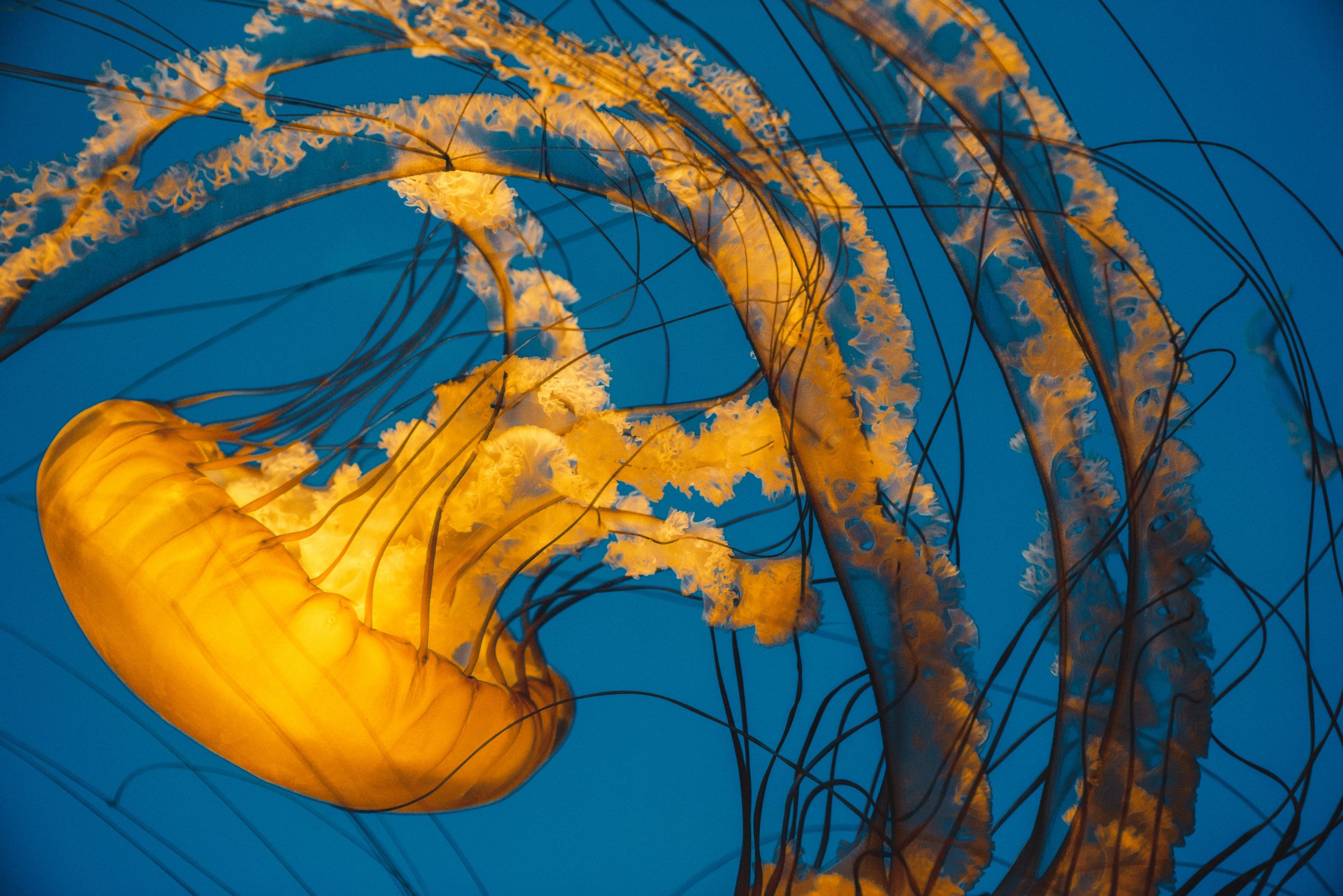WEDNESDAY morning last week, I followed my usual path to the beach. A fine drizzle misted the air. After having howled and buffeted all night, the wind had subsided like a tired child. Now and then a distant echo, like a cosmic sob, reminded me that the roil of misery was still unresolved. This was Hurricane Sally spinning giddily, petrified in her own fury, and stalled 150 miles offshore from where I stood on the Mississippi Gulf Coast. The wrack line, closer than I had seen it in a long while, had brought the usual bedraggled offerings of driftwood and eel grass. Tamped down in sand, already memory.
Lowering sky. The world bereft of life. Last survivor or first arrival, I, alone, dislocated by immensities: ponderous cloudbanks, surging ocean, untrodden sand. Dawn somewhere. Here, a grey waver in the air.
I thought fleetingly of the upside down, or was it the right-side up, of an astronaut’s overview, my beach diminished to a grain of sand. At that thought, I too looked down, and caught an eye winking up at me.
The merest glimpse, erased by spumy sea foam, but I had seen it. I held my breath. Then the water moved aside, and we stood face to face.
I, petrified human.
She, Medusa.
In that long moment I saw her as she really was—the quick intelligence of her gaze, the fabulous tangle of her riotous curls, her quicksilver unreal eerie grace. Almost invisible she swam in the company of wraiths, the forgotten line of sisters birthed and erased on this strand of conquest and enslavement and extinction. Their loosened hair swirled in tides, straight, frizzy, curly, waving, black, red, blonde, all drowned, all erased. Enraged and vengeful Medusæ.
Then, from my exalted elevation, I had her diminished down to grain size. Medusa no longer, she was a Medusa-zoan. A zoo thing, a lower form of life. Jellyfish.
That’s right. The boiling waters of the Gulf of Mexico had cooked up this storm—a jellyfish bloom washed ashore by last night’s tumult. Doomed, but valiant, their tentacles laboured for direction, their silky parachutes pulsed and collapsed all around me.
I was still petrified, though.
I remembered my first ever encounter with a jellyfish. It wasn’t just any jellyfish either, it was at that time, the biggest jellyfish in the world. With a bell that measured more than seven feet across and tentacles that trailed 150 ft, Cyanea capillata was simply terrifying. I met it, mercifully, in the pages of the Sherlock Holmes story, The Lion’s Mane and it grabbed my nine-year-old imagination.
Five years before I read that story, another nine year old unknown to me had made jellyfish history, in an adventure far more thrilling, and every bit as Holmesian as mine.
Unlike the flashy Lion’s Mane jellyfish, there are dozens of modest species more malevolent in their sting. Australian coasts abound in some of the worst. Usually invisible, these jellyfish let fly their stingers, which are, literally, poison-tipped. The coast north of Cairns, Queensland is home to the Irukandji people, and the waters along this area are particularly menacing. Swimmers are often stricken with a sudden violent illness that can lead to paralysis and death. The condition is named Irukandji Syndrome to honour the original inhabitants of that area.
It was common knowledge that a jellyfish was responsible, but in 1964, nobody had yet seen the culprit.
Dr. Jack Barnes decided he was going to find it.
How does one find a water-coloured transparent wraith in an ocean? A three-pipe problem, surely?
Jack Barnes’ deductive skills would have impressed Holmes. He was looking for something nobody had seen. It must therefore be—invisible, or almost so, tiny and transparent. Because many of the victims had been stung in shallow water, or had been merely splashed, it must exist in surface waters. Because it had never been spotted ashore, it must be very mobile.
Dr Barnes captured it underwater, in oblique light. His companion, a lifeguard, captured another halfway through its lunch on a small fish.
And there it was, its bell a tiny transparent box, with four neat tentacles, all loaded with venom. But were they? How could he make sure?
Dr Barnes’ impulsive experiment rocketed him into the exalted company of mad scientists who risked all to prove a point. He applied the first captured jellyfish to himself, and then to his companion, mentioned only as N.B.—his 9 year old son. The lifeguard took on the second specimen.
The child was the first to double up with pain, soon the adults too felt merciless jabs and spasms in their limbs and, in the immortal words of Dr Barnes: the volunteers adopted a stance which I can best liken to that of an infant with a full nappy ...
For his pains, Dr Barnes has the jellyfish Carukia barnesi named after him. N.B. survived his dad’s folly, but I can’t help wondering how the incident changed him.
Watching my Medusa scramble back to safety on the next wave, I stand diminished by loss.
Medusazoans were so named for the terror inspired by their streaming hair. Medusa is a Greek construct, but she mirrors the terror every culture has for the tempestuous freedom of a woman’s unbound hair. It is enough, they tell me, to petrify a man.
(Ishrat Syed and Kalpana Swaminathan write as Kalpish Ratna. They are both surgeons, who explore the interface between science and humanities in their writings. Their book ‘A Crown of Thorns, The Coronavirus and Us’ is available on Amazon.in.)


